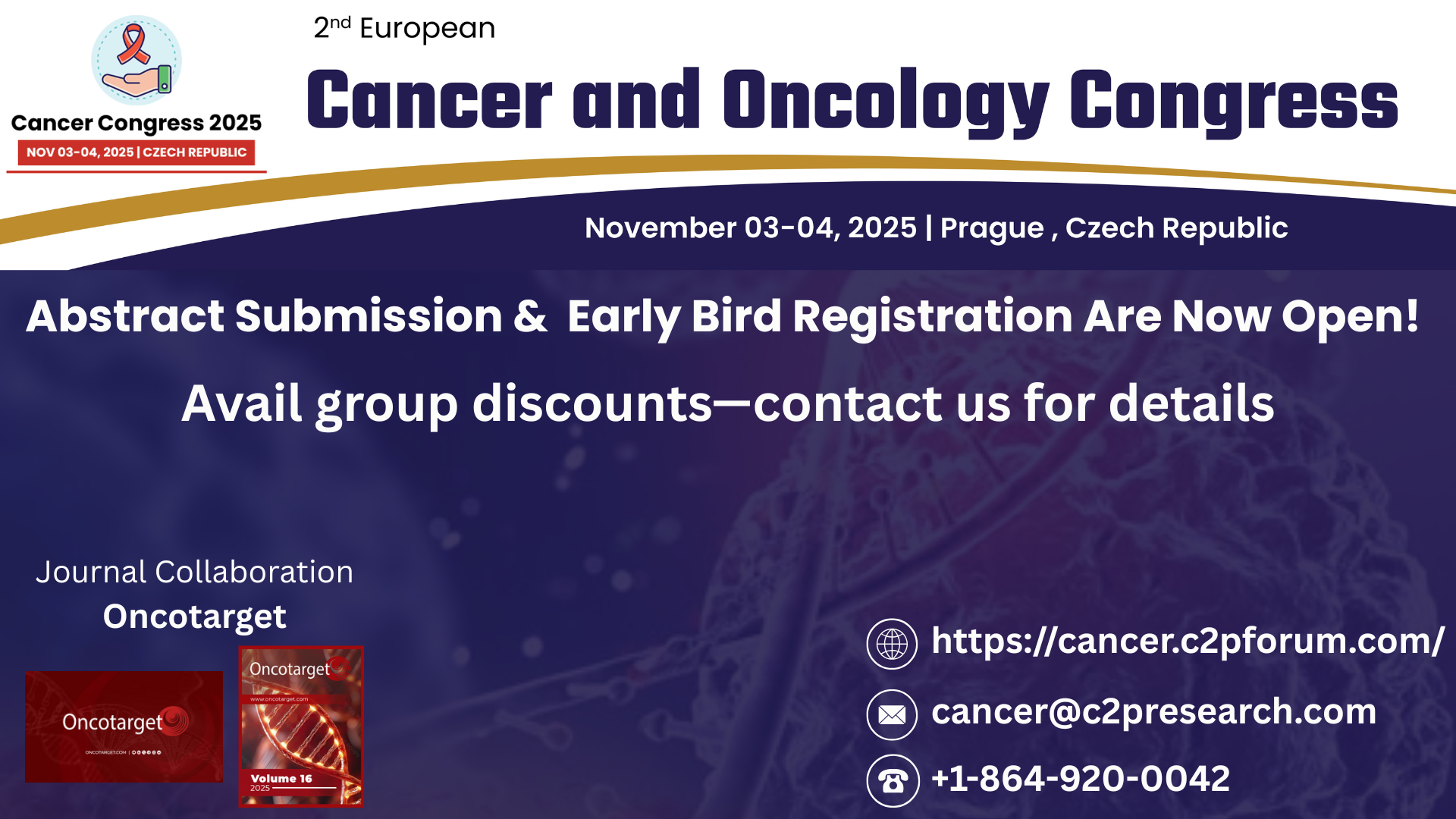Research Papers:
Prognostic role of the neutrophil-to-lymphocyte ratio in patients with primary central nervous system lymphoma
Metrics: PDF 1906 views | HTML 3289 views | ?
Abstract
Jongheon Jung1,2, Hyewon Lee1,3, Tak Yun1,4, Eunyoung Lee1,3, Hae Moon1, Jungnam Joo5, Weon Seo Park6, Mihong Choi7, Jeong-Ok Lee8, Jong Seok Lee8 and Hyeon-Seok Eom1,2,3
1Department of Internal Medicine, National Cancer Center, Goyang, Korea
2Department of Cancer Biomedical Science, Graduate School of Cancer Science and Policy, National Cancer Center, Goyang, Korea
3Center for Hematologic Malignancy, National Cancer Center, Goyang, Korea
4Rare Cancers Clinic, Center for Specific Organs Cancer, National Cancer Center, Goyang, Korea
5Biometrics Research Branch, Research Institute, National Cancer Center, Goyang, Korea
6Department of Pathology, National Cancer Center, Goyang, Korea
7Division of Hematology and Medical Oncology, Department of Internal Medicine, Seoul National University Hospital, Seoul, Korea
8Division of Hematology and Medical Oncology, Department of Internal Medicine, Seoul National University Bundang Hospital, Seoul National University College of Medicine, Seoul, Korea
Correspondence to:
Hyeon-Seok Eom, email: [email protected]
Keywords: primary central nervous system lymphoma, neutrophil-to-lymphocyte ratio, prognosis
Received: April 19, 2017 Accepted: July 16, 2017 Published: August 24, 2017
ABSTRACT
Neutrophil-to-lymphocyte ratio (NLR) is one of the parameters of a complete blood cell count (CBC) test and has been reported to be an easily accessible prognostic marker in aggressive cancer, including non-Hodgkin lymphoma (NHL). Primary central nervous system lymphoma (PCNSL) is an extranodal NHL with highly aggressive features. However, the importance of the NLR has never been assessed in PCNSL. This retrospective study enrolled 62 biopsy-proven patients whose baseline NLR was available, and reviewed their medical records to compare both high (≥2.0) and low NLR (<2.0) groups, in terms of clinical characteristics and outcomes. The low NLR group showed significantly better response rates to induction chemotherapy compared to the high NLR group (p=0.041). At a median follow-up of 41.5 months, the high NLR group revealed a significantly worse 3-year overall survival (OS) (42.5 vs. 71.2%; p=0.031) and a worse 3-year progression-free survival (PFS) (37.3 vs. 60.1%; p=0.028). Univariable Cox analysis results showed that a high NLR at diagnosis was a poor prognostic factor for both 3-year OS (HR 2.64, 95% CI 1.06-6.60; p=0.038) and 3-year PFS (HR 2.41, 95% CI 1.07-5.42; p=0.034). However, multivariable analyses adjusting for International Extranodal Lymphoma Study Group (IELSG) score and induction chemotherapy regimen with rituximab, which were strongly prognostic in this study, showed no statistical significance even with the high NLR group’s tendency towards a worse 3-year OS (HR 2.36, 95% CI 0.84-6.62, p=0.102) and a worse 3-year PFS (HR 2.28, 95% CI 0.93-5.63, p=0.073). In conclusion, given that NLR is simple and easily obtainable, it might play a potentially prognostic role in PCNSL from early disease onset.
 All site content, except where otherwise noted, is licensed under a Creative Commons Attribution 4.0 License.
All site content, except where otherwise noted, is licensed under a Creative Commons Attribution 4.0 License.
PII: 20480

